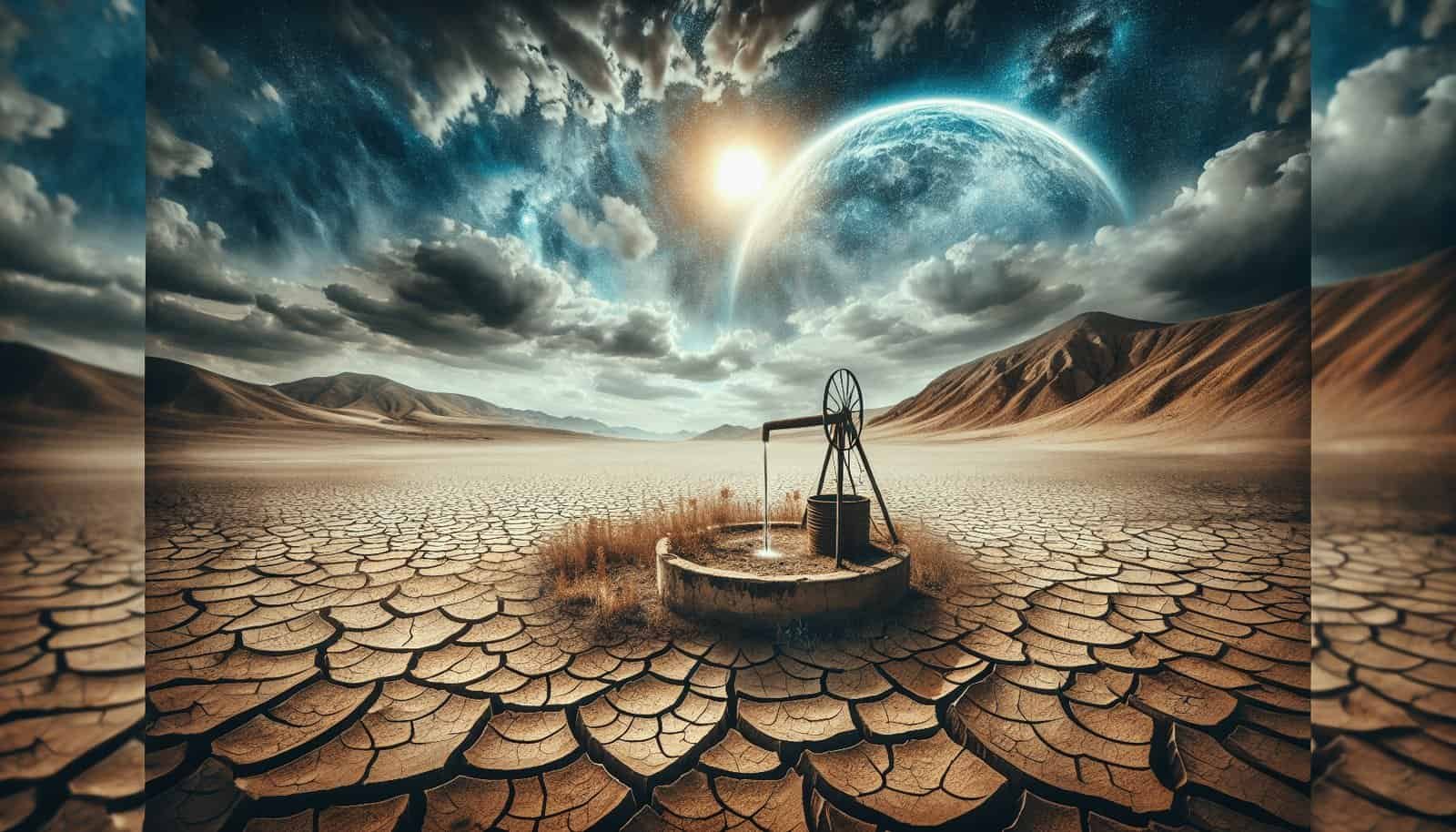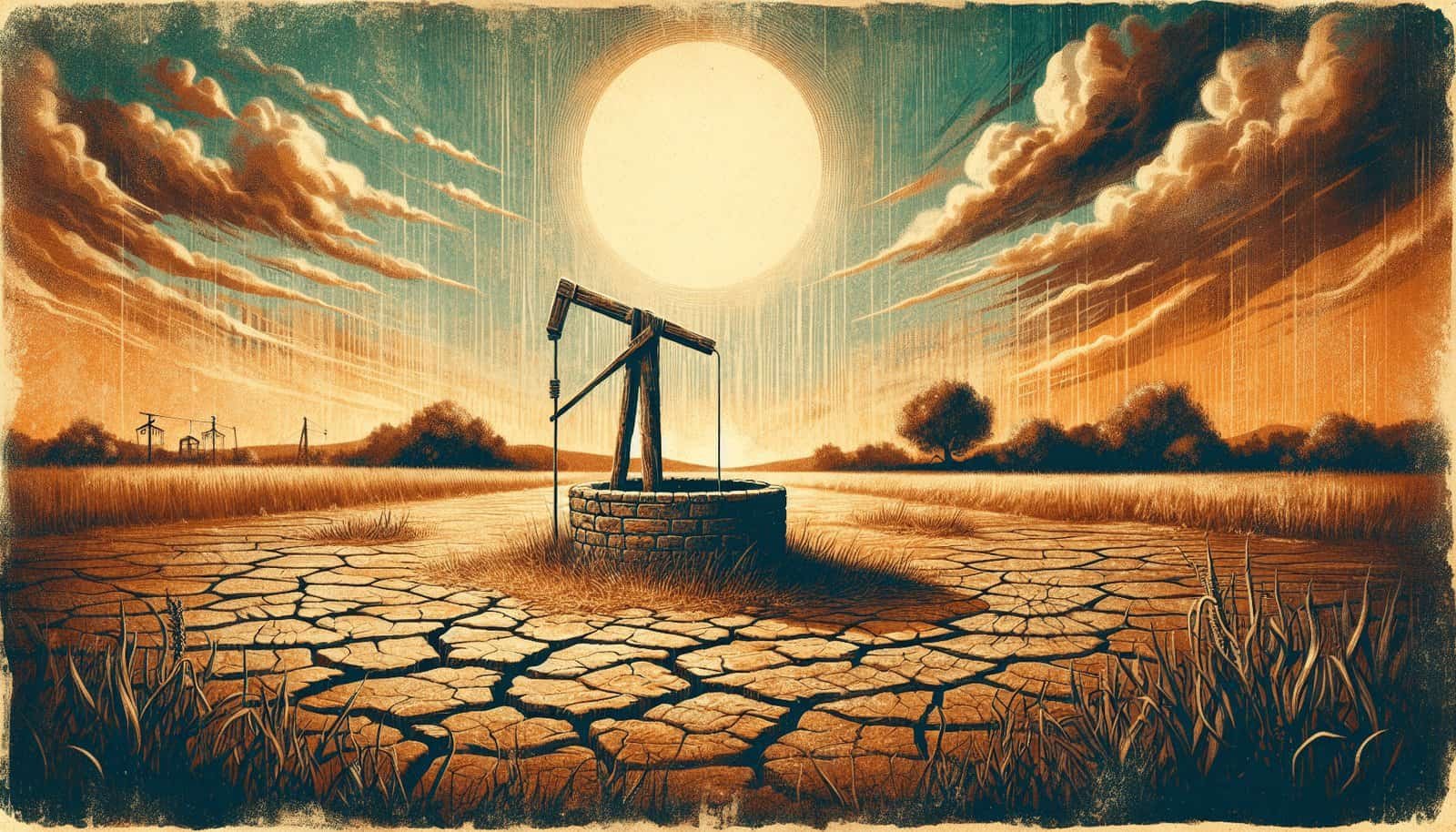How would you feel if you turned on your faucet and nothing came out? This frightening prospect is a reality for many residents in Minnesota, where ongoing drought conditions are threatening to dry up water wells across the state. The issue isn’t just about inconvenience; it’s about a looming crisis that may impact communities, agriculture, and the environment if immediate measures aren’t taken.
Understanding the Drought Situation
Droughts are not new to Minnesota, but their increasing frequency and severity raise concerns. These prolonged periods of dry weather impact the amount of water available in wells, creating a ripple effect across various sectors of the community.
What Causes Droughts in Minnesota?
Droughts in Minnesota occur due to a range of factors including climate variability and changes in atmospheric patterns. Minnesota relies on a delicate balance of snowfall and rainfall to replenish its lakes, rivers, and underground aquifers. Unfortunately, climate change has disrupted this balance, leading to longer periods of dryness.
The Impact on Water Wells
Water wells, especially the shallow ones, are directly affected by drought conditions. Reduced precipitation means less recharge for aquifers, the underground layers of water-bearing rock, which supply wells. As these levels drop, wells can run dry, leaving homeowners and farmers without an essential resource.

The Life of a Water Well
To better understand the threat, it’s vital to examine how water wells operate and sustain their functionality.
Types of Water Wells
Dug Wells: These shallow wells are often susceptible to contamination and drought-induced depletion due to their reliance on surface water levels.
Driven Wells: Slightly deeper than dug wells, driven wells are also vulnerable during prolonged dry spells.
Drilled Wells: These wells can reach greater depths and tap into more resilient aquifers, making them somewhat more dependable during droughts.
How Water Gets to Your Tap
Water wells work by tapping into groundwater stored in aquifers. This water is then pumped to the surface and distributed for various uses. When a drought hits, the water levels in these aquifers decline, compromising the well’s ability to deliver water.
Signs of Trouble
A few red flags can indicate that your well might be at risk. You may notice a drop in water pressure, a change in the water’s color or taste, or even the complete cessation of water flow. Addressing these signs quickly is vital to prevent further damage.
Local Impact: Communities at Risk
Drought conditions and the threat to water wells do not affect everyone equally. Rural areas, farmers, and small communities are often the hardest hit.
The Burden on Rural Communities
In rural parts of Minnesota, many homes rely on private wells for their water supply. As these wells dry up, residents face significant costs in either drilling deeper wells or accessing alternative water sources, which are not always readily available or affordable.
Agriculture and Economic Impact
Agriculture, a vital part of Minnesota’s economy, heavily depends on water. Drought conditions mean crops suffer, livestock lack water resources, and farmers are forced to rely on costly irrigation methods to keep their businesses running.
Environmental Effects
Reduced water availability doesn’t just affect humans. Aquatic ecosystems suffer, as reduced water levels can lead to habitat loss for various species. This disruption can have far-reaching consequences on biodiversity in the area.
Community Stories
Take, for instance, the small town of Goodhue, where residents have noticed alarming drops in their home well levels. Community meetings reveal that residents are deeply concerned over the costs of deeper drilling or the alternative of water rationing. Their stories underscore the urgent need for a collective response to this growing problem.

Broader Implications
This situation isn’t isolated to Minnesota alone but is a harbinger for broader trends seen both in the U.S. and globally due to climate change and its impact on water resources.
Comparisons to Global Droughts
Minnesota’s plight mirrors challenges faced by communities worldwide. In places like California or even parts of Africa and the Middle East, water scarcity due to prolonged droughts has sparked major crises.
The Role of Climate Change
Climate change exacerbates drought conditions by altering precipitation patterns and increasing temperatures. This poses a long-term threat to water security and requires immediate action to manage its impacts effectively.

Solutions and Mitigation Strategies
Acknowledging the problem is the first step, but action is where change happens. So what can be done to mitigate this crisis?
Sustainable Water Management
Implementing practices such as efficient irrigation systems, rainwater harvesting, and water conservation education can help alleviate pressure on water resources.
Policy and Support
Local governments and policymakers play a crucial role in addressing these challenges. Support for research into water conservation technologies and infrastructure upgrades, alongside grants for well drilling or maintenance, are essential components in mitigation strategies.
Community Action and Education
Communities can band together to share resources, knowledge, and strategies. Educational campaigns can improve water conservation practices and disaster readiness, empowering communities to manage their resources efficiently.
Technological Innovations
Advancements in technology, such as smart sensors that optimize water use and smartphone apps that detect leaks, can help protect these crucial resources.

The Road Ahead
Facing the challenges posed by droughts and their effects on water wells is no small feat. However, through collaboration, innovation, and a commitment to sustainable practices, Minnesota can build a resilient water future.
What You Can Do
Think about your own water consumption habits. Can you cut back where possible? Engage with community initiatives focused on water conservation? Every drop counts.
Final Thoughts
The threat to Minnesota’s water wells highlights broader environmental issues that require immediate attention and collaborative action. By understanding the problem and implementing strategic solutions, you can help ensure that taps keep flowing long into the future. This isn’t just about accessing water today but preserving it for generations to come.
If you’re concerned about your well, reach out to local services for guidance on maintenance and look into government programs aimed at protecting and supporting water resources. It’s in your hands to make a difference—one drop at a time.

